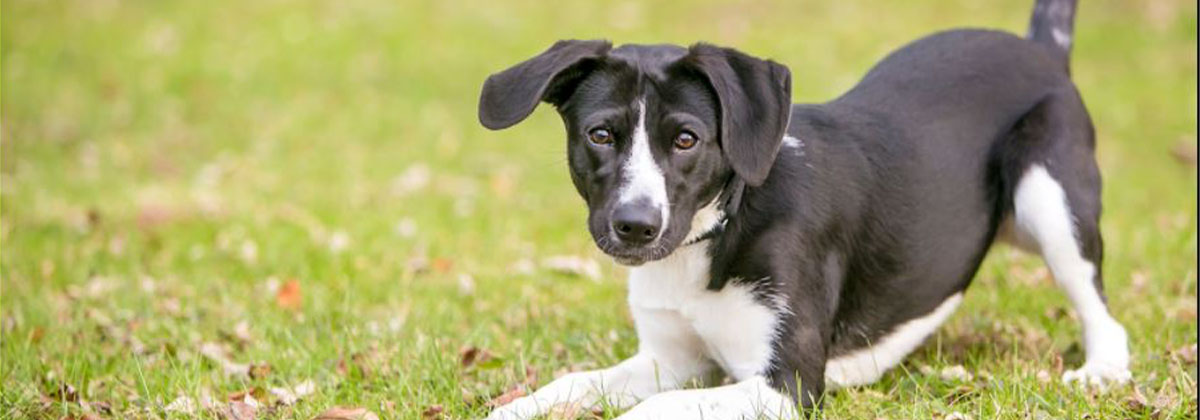03 Oct How to Understand a Dog’s Body Language? (Part 1)
Dog body language includes a set of different ways to convey feelings and desires to communicate. His body language and behaviour are unique and utterly different from the way humans communicate. Dogs use body language and movements to communicate with each other, as well as humans. Thus, decoding a dog’s language is an essential part of the dog communication process.
How do dogs communicate?
Dogs communicate with each other and humans with both verbal and physical methods. In verbal communication, dogs convey their meaning by producing different sounds such as wailing, moaning, howling, roaring, etc .; Therefore, it’s essential to know the other dog sounds. In physical contact, dogs try to convey their purpose with specific body movements.
What do different types of dog body language mean?
Dogs generally try to convey different meanings to each other or humans through various body movements. Knowing and evaluating these movements gives their owners helpful information in different situations to predict the dog’s following behaviour and act in critical situations before it’s too late; For example, dogs can tell you if they’re in danger by their movements. Note that a dog’s body language may not always have the same meaning, but he can use the same gestures to convey different things. However, dogs generally show a range of behaviours for similar purposes. For example, dogs jump up and down, lick their owners, turn around, roll on the ground, and cuddle to express their joy, attention, and affection for their owners. In the following, we will deal with points related to the meaning of different movements of all parts of the dog’s body, from head to tail.
Mouth
Dogs typically have their mouths open and their tongues out when they are calm. Here are some key pointers about your dog’s mouth.
- Yawning in humans generally means fatigue and drowsiness, but in dogs, it usually indicates stress. Dogs typically yawn to lower their blood pressure and stress levels. The only similarity between a dog yawning and a human is that it is contagious to both.
- Typically, a dog’s tongue is slightly flat outside the mouth and on the lower teeth, but he’s pleased if the dog puts his tongue towards the corners of his mouth.
- Lip licking after a meal is done for cleaning and doesn’t have a negative meaning, but if your dog does it at other times and very quickly, it means that he’s stressed.
- When a dog folds the top of his snout and shows you his teeth with a roaring sound, he intends to attack. In the wild, dogs show off their weapons by pointing their teeth at each other to scare the other animal. However, showing a tooth doesn’t always mean violence. It often indicates a dog’s happiness and smile, characterized by different postures such as lowering the head, wagging the tail, flattening the ears, and a calm look.
Eyes
Dogs, like humans, transmit vital information to others through their eyes. Here are the meanings of different types of glances in dog body language.
- If a dog looks at you gently, sometimes blinks or looks away, it means he’s calm.
- The long-term gaze of dogs means that he’s threatening you and ready to attack.
- Dogs look the other way when they’re stressed and avoid making eye contact with you.
- If a dog dilates his pupil or looks at you from the corner of his eye, it means he’s scared and may behave aggressively.
- When dogs feel threatened, they turn their pupils inward until only the whites of the eyes are visible. This movement is called the whale eye.
- Looking with half-open eyes means playing time! In return, it’s better to play with him, give him his favourite toy, or at least take him for a walk.
Coat and hair
The coat and dog hair in its natural state is generally uniform and can be poured down or on his body depending on his breed. When the shoulder and neck’s hair bristle, it’s involuntary and has different meanings; For example, it can mean happiness, discomfort or stress.




No Comments